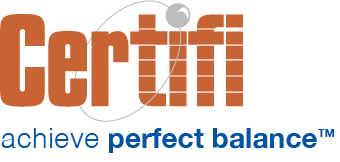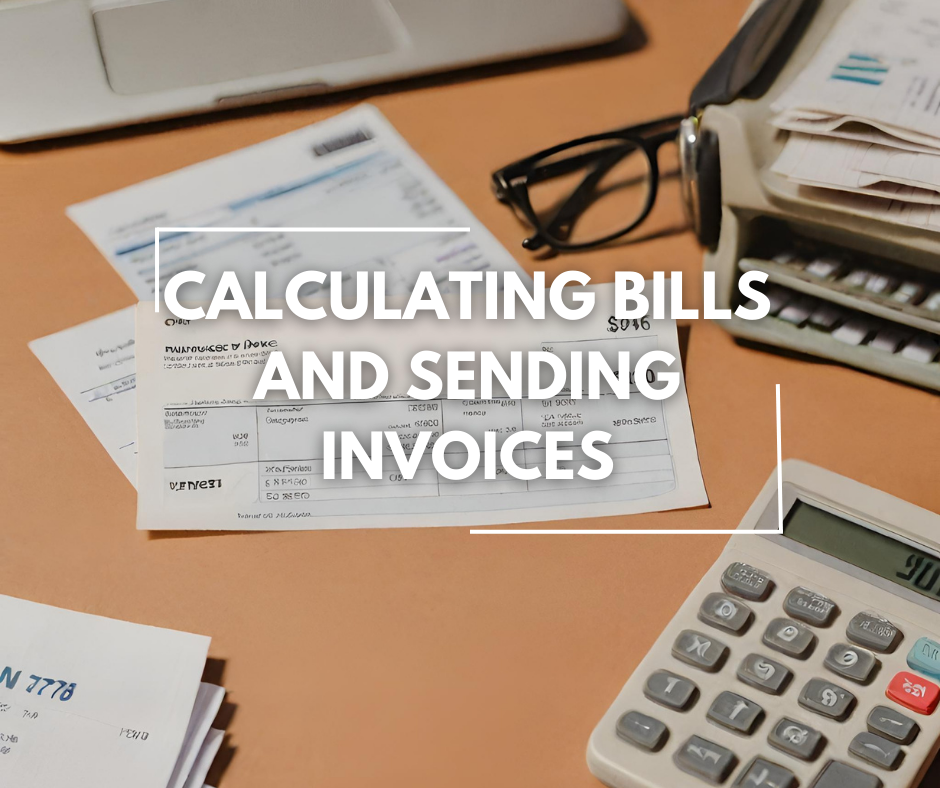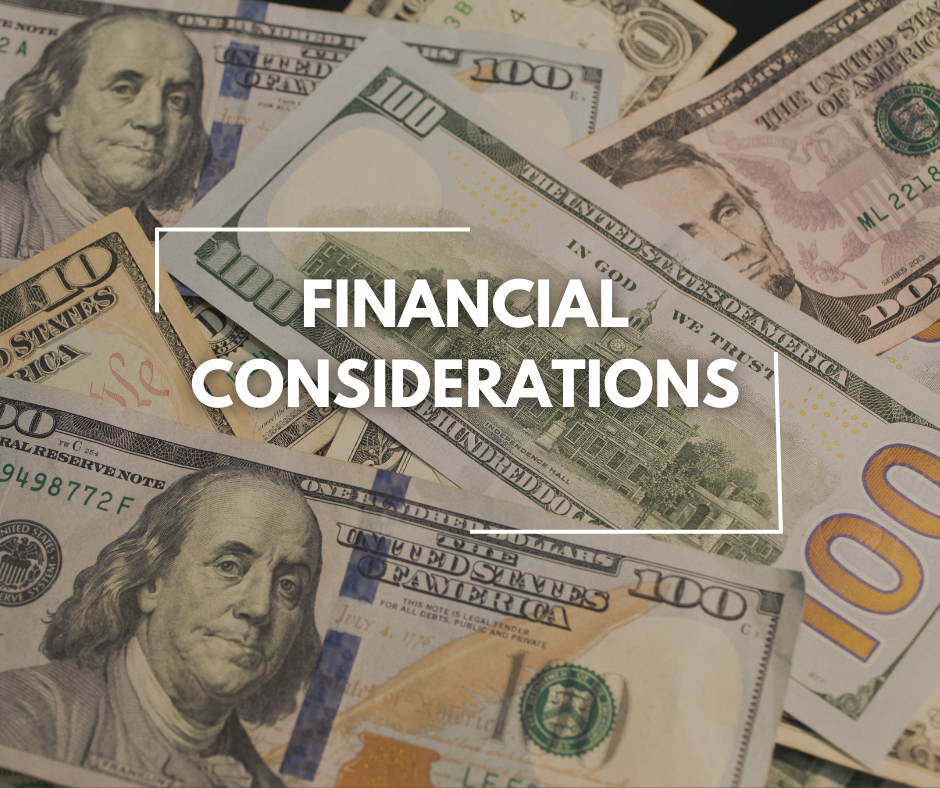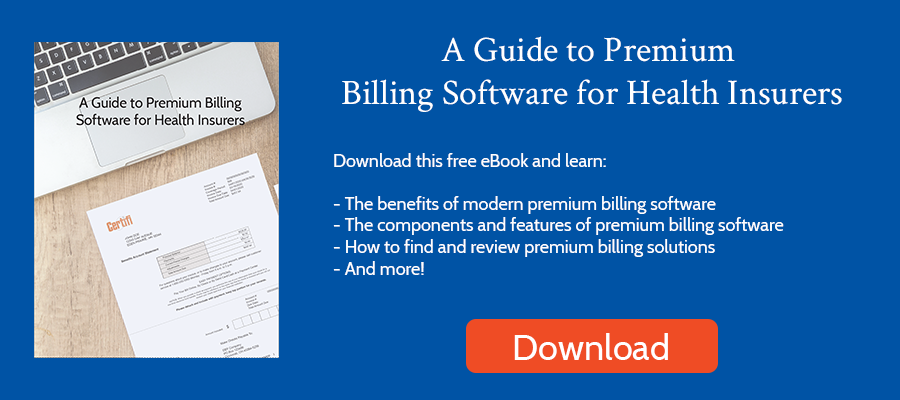The Inflation Reduction Act introduced the Medicare Prescription Payment Plan that enables Medicare beneficiaries to pay prescription drug costs monthly throughout the year rather than all at once at the point of sale.
The plan benefits beneficiaries with high prescription costs early in the year but burdens Medicare Part D plan sponsors with significant operational challenges that must be overcome quickly.
Here’s an overview of some of those challenges:
1. Promotional Communications
Plan sponsors have outreach requirements to prospective enrollees as well as those enrolled. For prospective enrollees, promotional materials distributed before the plan year must include information about opting into the Medicare Prescription Payment Plan. The Centers for Medicare and Medicaid Services (CMS) plans to release more detailed promotional communication guidance in early 2024 as the second part of the guidance.
Sponsors must also identify and communicate the payment plan before and during the plan year to enrollees likely to benefit from the plan. Part two of the guidance will deliver more information about the parameters of this outreach.
Action Items
Because final guidance likely won’t be available until late spring or early summer, plan sponsors may have a condensed timeframe to create the required communication. Ensure compliance and marketing teams understand these new requirements and have a plan to review final guidance so they can quickly implement the necessary communications.
2. Enrollment
Beneficiaries must opt into the payment plan. Enrollment can occur at any point in the year; it isn’t limited to open enrollment. Plan sponsors must provide several enrollment mechanisms, including:
- Through the Part D enrollment process;
- Through a paper process that can be faxed or mailed;
- Via a toll-free telephone number that includes a confirmation of request receipt. The election request must be recorded and include the individual’s attestation that they wish to opt into the program;
- Through a website that includes a confirmation of request receipt. The website should have an “Opt In Now” or “I Agree” button or tool and capture a date and time stamp when completed.
The data required for enrollment should be limited to only elements necessary for processing the enrollment request, like the name, Medicare identifier, and a record of their agreement to your terms and conditions.
Suppose the enrollment request occurs during the plan enrollment process. In that case, plan sponsors must process the request within ten calendar days of receipt or the number of calendar days before plan enrollment starts, whichever is shorter. Should the request occur mid-year, plans have only 24 hours to process requests.
If approved, plans must send electronic or mail acknowledgment that includes request approval, the approval effective date, an overview of the program, example calculations, and general information about the low-income subsidy (LIS) program. CMS will include specific information about this communication in part two of the draft guidance.
Sponsors can’t immediately deny election requests because of incomplete information. Instead, sponsors must request missing information and allow 21 days for the beneficiary to respond. Denials require a denial notice that includes the reason for the denial and an explanation of the grievance process.
Action Items
The enrollment process incurs several operational hurdles for Medicare Advantage plan sponsors. Though the data elements required to opt into the program are limited, plans must add a new enrollment process to existing processes. Employees – like those in the call center – must be trained to process Medicare Prescription Payment Plan elections.
Plan sponsors should also prepare for real-time or near real-time processing of enrollment requests. CMS seeks comment on implementing real-time enrollment – via telephone, web or mobile application, and point-of-sale – as early as 2026. In the near term, plan sponsors should prepare to process requests within ten days during open enrollment and within 24 hours for mid-year elections. But in the future, plans will likely need to exchange real-time election data.
3. Calculating Bills and Sending Invoices
The Medicare Prescription Payment Plan requires defined monthly billing rules that differ from the first month of plan participation compared to subsequent months. The plan uses monthly caps to determine the amount plan sponsors may bill participants each month. In the first month, the formula is:
First Month Cap = (Annual Out-of-Pocket Threshold – Incurred Participant Costs)/Number of Months Remaining in Plan Year
For 2025, the out-of-pocket cap is currently $2000.
For subsequent months, the calculation is:
Monthly Cap = (Sum of Remaining Unbilled Out of Pocket Costs + Additional Incurred Out of Pocket Costs)/ Number of Months Remaining in Plan Year
Plan sponsors must bill participants every month. Sponsors may bill past-due balances, but the portion of the bill that’s the monthly bill cannot exceed the cap as calculated above.
Though the guidance doesn’t require specific payment options, CMS recommends multiple forms of payment – including electronic fund transfer, check, or retail cash payment. For automatic recurring payments, CMS encourages flexibility around the collection date. Late fees, interest fees, or fees tied to the payment mechanism are not allowed.
The payment plan also has rules to define the information that must be included on the bill, regardless of whether it’s sent by mail or electronically. That includes:
- A statement that the bill is for the Medicare Prescription Payment program, a description of the program, and where to find additional information about the payment plan;
- The effective date of program participation;
- The date, amount, and means of the last payment made;
- Any previous balance amount;
- Itemized out-of-pocket costs for each prescription for the billing month;
- The total amount due for the billing month;
- The remaining total balance;
- What happens if the participant doesn’t pay by the due date;
- Information about the dispute process;
- How to opt out of the program and what’s due after termination;
- LIS program information, including how to enroll, and an explanation that LIS may be more advantageous than participation in the payment plan alone;
- Contact information should the participant have questions.
Plan sponsors must bill Part D premiums separately from prescription payment plan bills. However, if there’s a question about whether a payment is for a premium or a payment plan bill, the premium takes precedence.
Finally, payment reconciliation processes must exist to correct billing or payment inaccuracies. For example, plans can’t bill participants more than their monthly maximum. However, participants may pay more than that billed amount up to the annual out-of-pocket maximum. Reconciliation must be in place to correct overpayments exceeding the out-of-pocket maximum.
Action Items
The billing requirements may be most problematic for plan sponsors, who must start planning now to meet the requirements. Among the actions to consider:
The billing rules are likely non-standard rules that plans need to develop, not configure, in their billing platform. Depending on your platform and priorities, those billing rules could take time to develop, so start planning now. Alternatively, because plans can’t consolidate premium billing and payment plan billing into a single bill, consider a separate billing vendor or software platform, like Certifi, for the Medicare Prescription Payment Plan billing.
Develop the required bill messaging. Several Medicare Prescription Payment Plan requirements likely aren’t a part of your current premium billing invoices, so begin the process of drafting new communications.
Ensure that you have the appropriate financial reconciliation processes in place. Automating those processes can lessen your administrative burden. Software solutions like Certifi can help.
Consider your payment types. Though not a requirement, CMS recommends multiple payment options – including cash – to make it easier for plan participants to make payments. CMS also recommends plans offer participants the opportunity to select the date on which they’ll withdraw automatic payments. Certifi’s billing software can introduce new payment methods – like retail cash payment – and offers participants the flexibility of selecting a recurring payment date.
4. Delinquency Communications
The Medicare Prescription Payment Plan also includes delinquency notification requirements should a participant fail to make a billed monthly payment. There are two notice requirements – an initial delinquency notice and a termination notice.
The initial delinquency notice is sent within 15 days of the payment due date and includes:
- That the Medicare Prescription Payment Plan balance is delinquent;
- The plan will terminate participation in the program if the participant doesn’t pay within the grace period;
- The date on which that termination will occur if the participant doesn’t pay;
- The payment amount is still due if the participant terminates;
- An explanation of how to pay the balance due expeditiously;
- Explain that after termination, the participant will no longer be billed monthly for out-of-pocket prescription costs but will likely need to pay at the point of sale;
- An explanation that the participant can’t enroll in subsequent years unless they’ve paid their balance;
- Explain that the termination is only for the Medicare Prescription Payment Plan, not the Part D plan;
- Describe the dispute process;
- Provide information about the LIS program and how to enroll;
- Provide plan sponsor contact information should the participant have any questions.
Plan sponsors must send the termination notice within three days after the end of the grace period. It must include:
- Notice that the plan sponsor has terminated their participation in the Medicare Prescription Payment Plan;
- Explain that the participant would need to pay future out-of-pocket prescription costs directly to the pharmacy;
- Note that the plan hasn’t terminated the participant from Part D, just their Medicare Prescription Payment Plan;
- Explain how the plan will collect the outstanding balance and that the participant won’t be allowed to opt into the Prescription Payment Plan until they pay the balance;
- Describe the dispute process;
- Provide plan sponsor contact information.
As a plan sponsor, you must offer a grace period of at least two months from the first day of the month for which the balance is unpaid or the first day of the month following the due date, whichever is later.
Action Items
Many Medicare Advantage plans we’ve talked to don’t have automated delinquency processes in place. Given the timing outlined above, automating the delinquency management program with triggered notifications is the key to delivering delinquency notifications on time and with the appropriate data. Consider billing solutions like Certifi’s that integrate automated delinquency management features to automate the delinquency communication processes.
5. Low Income Subsidies (LIS)
You may have noted that CMS requires plan sponsors to include information about the LIS program in many enrollee and participant communications. Beginning in 2024, the Inflation Reduction Act expanded the LIS program to include beneficiaries with up to 150% of the federal poverty limit.
The subsidy provides $0 premiums and low-cost, fixed copays for covered prescription drugs. As a result, it is unlikely that most LIS participants would benefit from the Medicare Prescription Payment Plan.
Action Items
Because LIS is usually effective retroactively, plan sponsors need processes to identify and reimburse excess premiums or out-of-pocket costs paid by an individual. Those reimbursements must occur within 45 days. Plan sponsors should also prepare to adjust future Medicare Prescription Payment Plan bills based on LIS enrollment.
Timeline
CMS released Draft Part One Guidance for review and comment in late August of 2023. CMS expects to release final guidance on part one in early 2024.
Draft Part Two Guidance is expected in early 2024, as well. That guidance will include more information about outreach and education. CMS expects that guidance by the summer of 2024.
The Medicare Prescription Payment Plan is set to go live on January 1, 2025, which means plans must be prepared with enrollment processes and communications by October 15, 2024.
6. Other Financial Considerations
In addition to these operational challenges, sponsors face several additional financial considerations that could impact profitability, including:
Increased Utilization
The payment plan may lead to beneficiaries increasing utilization of high-cost prescriptions. Though the extent of that increased utilization is unknown, plans should plan for that outcome.
Cash Flow
Because plans pay pharmacies when they dispense the prescription but payments from Medicare Prescription Payment Plan participants will arrive throughout the year, plans may face cash flow concerns. Consider modeling that cash flow assuming that those who would benefit from the payment plan have enrolled.
Bad Debt
Not everyone will pay, so start modeling what bad debt may look like so you can build that expense into your premium models. Debt may result from participants failing to pay, disenrolling, or even death.
Star Ratings
Don’t forget about your Medicare Advantage Star Ratings. A poor participant experience could lead to a lower Star Rating and reduced revenue. The plan could confuse participants unfamiliar with paying a monthly bill. Ensure your communications clearly and concisely explain the program, the benefits, and what happens.
Certifi’s Solution: Automating the Medicare Prescription Payment Plan
Certifi is uniquely positioned to help plan sponsors who seek a turnkey solution. The Certifi solution for premium billing, remittance, and reconciliation, William™, was designed to support complex consumer billing needs in payer markets. Certifi has decades of experience billing variable-term, low-premium contracts, and extensive support for the delinquency requirements proposed in the Medicare Prescription Payment Plan. Here’s how it works:
- Certifi ingests enrollment data from the plan sponsor, which identifies all enrolled participants.
- The system accumulates member responsibility and actual member paid amounts collected at the point of sale based on data provided by the plan
- We calculate first-month and subsequent-month amounts due per participant
- Next, we create and distribute paper or electronic monthly invoice statements for each participant
- We facilitate payment of member responsibility. Payment types can include online ACH, credit/debit card, retail cash, or check payment to a lockbox.
- The system also identifies delinquent invoices at the 15-day and 30-day mark as specified in the draft guidance and can generate and send – electronically and by mail – the required
- Termination notifications are received from the sponsor, and we convert outstanding balances to final “pay in full” invoices
- Provide detailed revenue (billed receivables) and cash (collected payments) reporting to plans
- Optionally, if plan sponsors are seeking assistance in identifying members who will likely benefit from the payment plan, Certifi can ingest eligibility and claims activity for members before enrollment into the program and provide data to the Plan Sponsor’s outreach campaign
If you’d like to learn more about our Medicare Prescription Payment Plan solution, email info@certifi.com or give us a call at (612) 235-6194.
Certifi’s health insurance billing and payment solutions help Medicare Advantage payers improve member satisfaction while reducing administrative costs.











